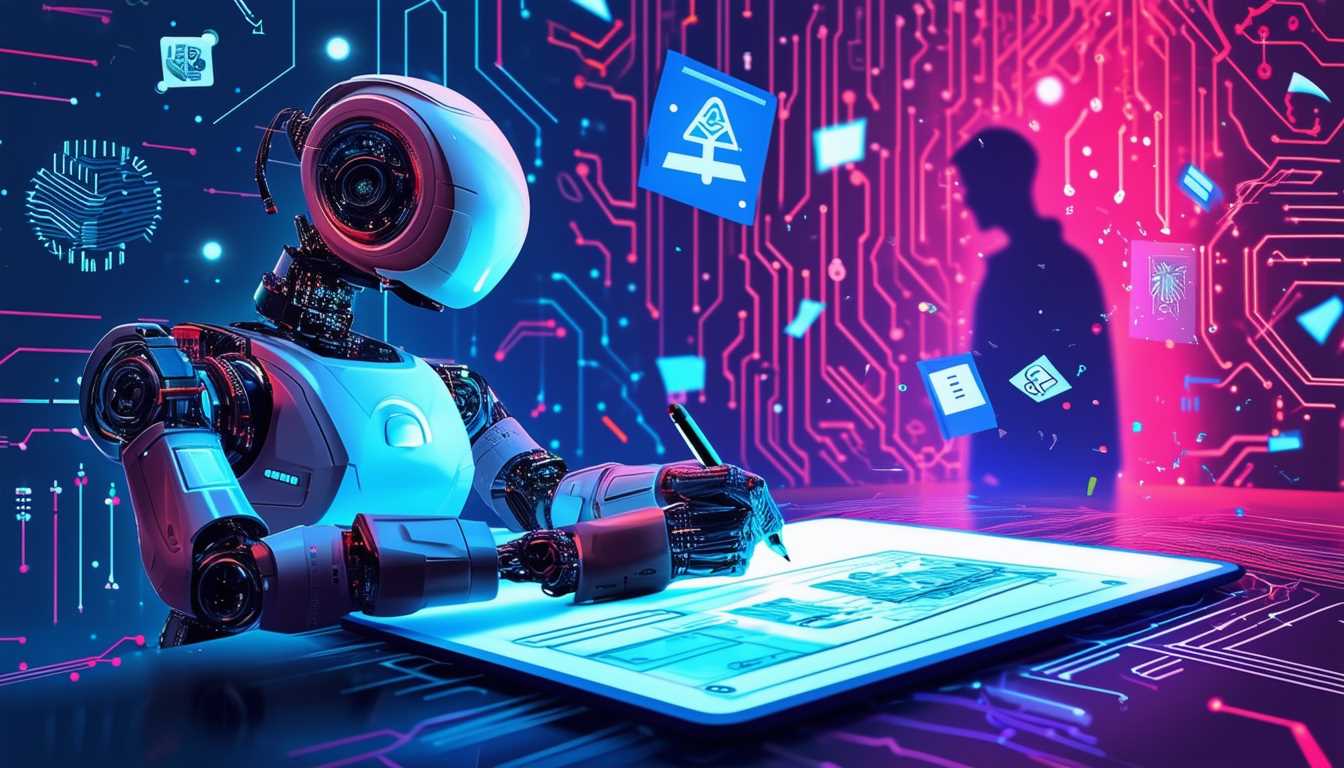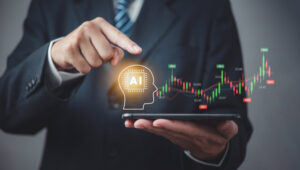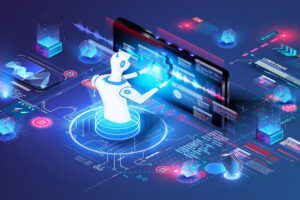In the ever-evolving landscape of digital creation, AI-based design automation is rapidly gaining traction. This technological marvel is not only transforming the way designs are conceptualized but also redefining the role of designers. Digital creators are finding new ways to leverage this technology to enhance creativity, streamline workflows, and produce stunning visuals.

Understanding AI-Based Design Automation
AI-based design automation refers to the use of artificial intelligence to automate various aspects of the design process. By employing algorithms and machine learning techniques, AI can assist in tasks such as layout generation, pattern recognition, and even color scheme selection. This allows designers to focus more on creativity and less on repetitive tasks.
The Impact on Digital Creators
For digital creators, the integration of AI tools means an amplification of their creative capabilities. With AI handling routine tasks, creators can dedicate more time to brainstorming and innovation. This shift not only boosts productivity but also opens up new avenues for experimentation and artistic expression.
Streamlining the Design Process
The design process can be time-consuming, often involving several iterations and adjustments. However, with AI-based design automation, many of these steps can be expedited. For example, AI can quickly generate multiple design variations, allowing creators to choose the most suitable option without manual effort. This is particularly beneficial in fast-paced environments where time is of the essence.
Enhancing Creativity with AI
Contrary to the belief that automation stifles creativity, AI can actually enhance it. By taking over mundane tasks, AI frees up mental space for creators to think outside the box. Additionally, AI tools can suggest ideas and patterns that a human might not consider, sparking new creative directions.
Real-World Applications
In the realm of graphic design, AI is making significant waves. Tools like Adobes Sensei and Canvas Magic Resize are just the beginning. These platforms use AI to provide features like automated image cropping, intelligent layout suggestions, and even predictive design elements. For more on AI in graphic design, you can read this insightful article.
Automating Social Media Posts
Social media management is another area benefiting from AI-based design automation. Creators can now automate the design of social media posts, ensuring consistency and engagement. For instance, automated post-makers allow creators to generate a week’s worth of content in just an hour.
Customer Reviews as a Design Resource
AI tools can also help in transforming customer reviews into engaging visual content. This approach not only enhances the brand’s image but also builds trust with potential customers. Learn more about creating posts from customer feedback here.
Challenges and Considerations
Despite its advantages, AI-based design automation does come with challenges. There is a learning curve associated with adopting new technologies, and some creators may feel apprehensive about the potential loss of control over their designs. However, understanding the balance between automation and human creativity is key.
Ensuring Quality and Authenticity
One of the primary concerns is maintaining the quality and authenticity of designs. While AI can produce efficient results, the human touch is often what distinguishes a good design from a great one. Digital creators must find ways to integrate AI tools while preserving their unique artistic voice.
Addressing Ethical Concerns
As with any technology, the ethical implications of AI cannot be ignored. Issues such as data privacy and the ethical use of AI-generated content are important considerations. Creators must ensure that their use of AI aligns with ethical standards and respects user privacy.
The Future of AI in Design
Looking ahead, the potential of AI-based design automation is limitless. As AI technology continues to evolve, it is expected to become even more integrated into the design process, offering new tools and capabilities. This evolution will undoubtedly shape the future of digital creation, offering exciting possibilities for creators worldwide.
AI and Collaborative Design
One area of interest is the use of AI in collaborative design. By facilitating remote collaboration and enabling real-time feedback, AI can enhance teamwork and innovation. This is particularly relevant in today’s globalized and hybrid work environments.
Continuous Learning and Adaptation
As AI technology progresses, continuous learning and adaptation will be crucial for digital creators. Staying updated with the latest advancements and understanding how to integrate them into workflows will ensure creators remain competitive and innovative.
Conclusion
In conclusion, AI-based design automation is a powerful tool that is reshaping the landscape of digital design. By automating repetitive tasks and enhancing creativity, AI offers digital creators new opportunities to innovate and excel. While challenges exist, the potential benefits far outweigh the drawbacks, making AI an indispensable asset in the world of digital creation.

Frequently Asked Questions
What is AI-based design automation?
AI-based design automation refers to the use of artificial intelligence to automate various aspects of the design process, enhancing efficiency and creativity.
How does AI enhance creativity?
AI enhances creativity by taking over routine tasks, allowing creators to focus on innovation. It can also suggest new ideas and patterns that may not have been considered otherwise.
Are there any ethical concerns with AI in design?
Yes, ethical concerns include data privacy and the ethical use of AI-generated content. It’s crucial for creators to align their use of AI with ethical standards.







